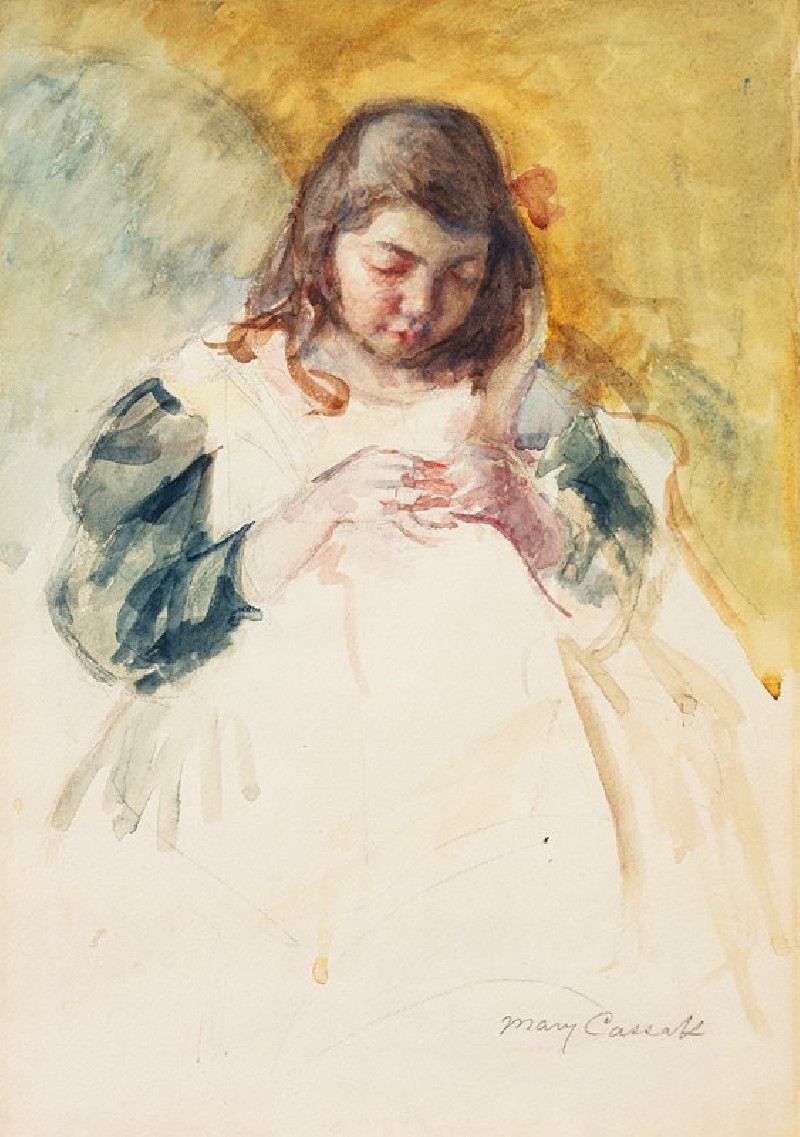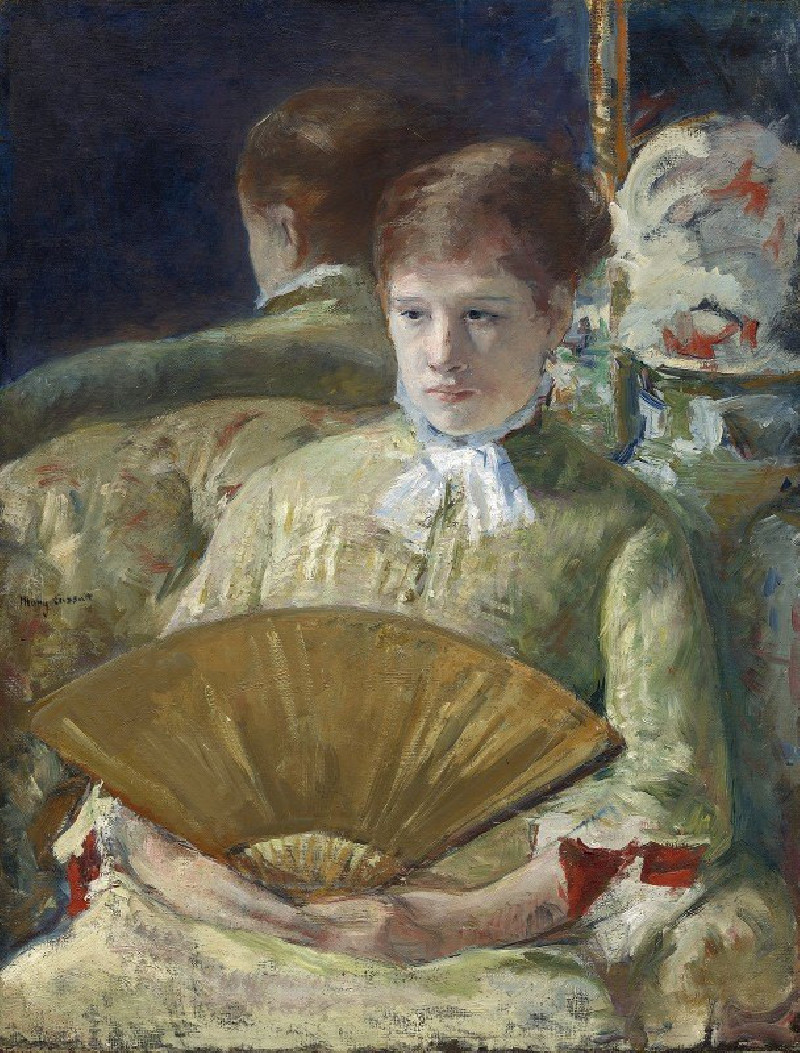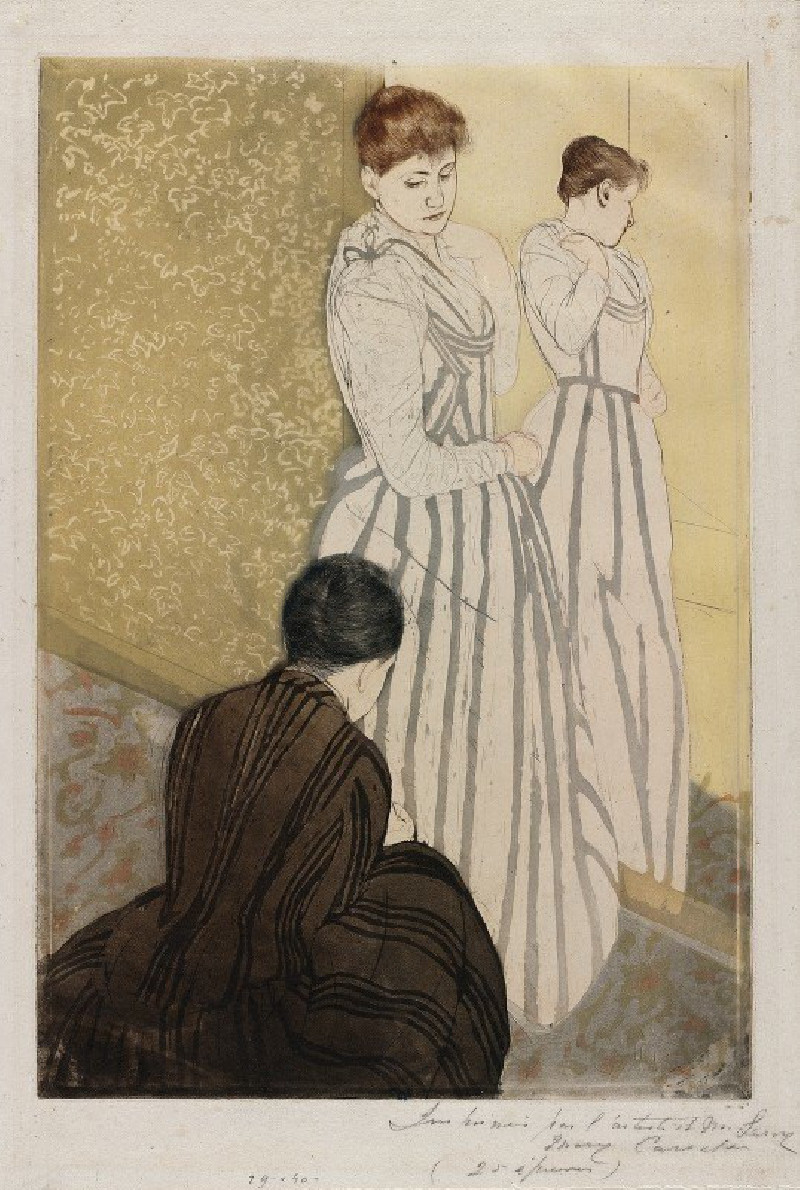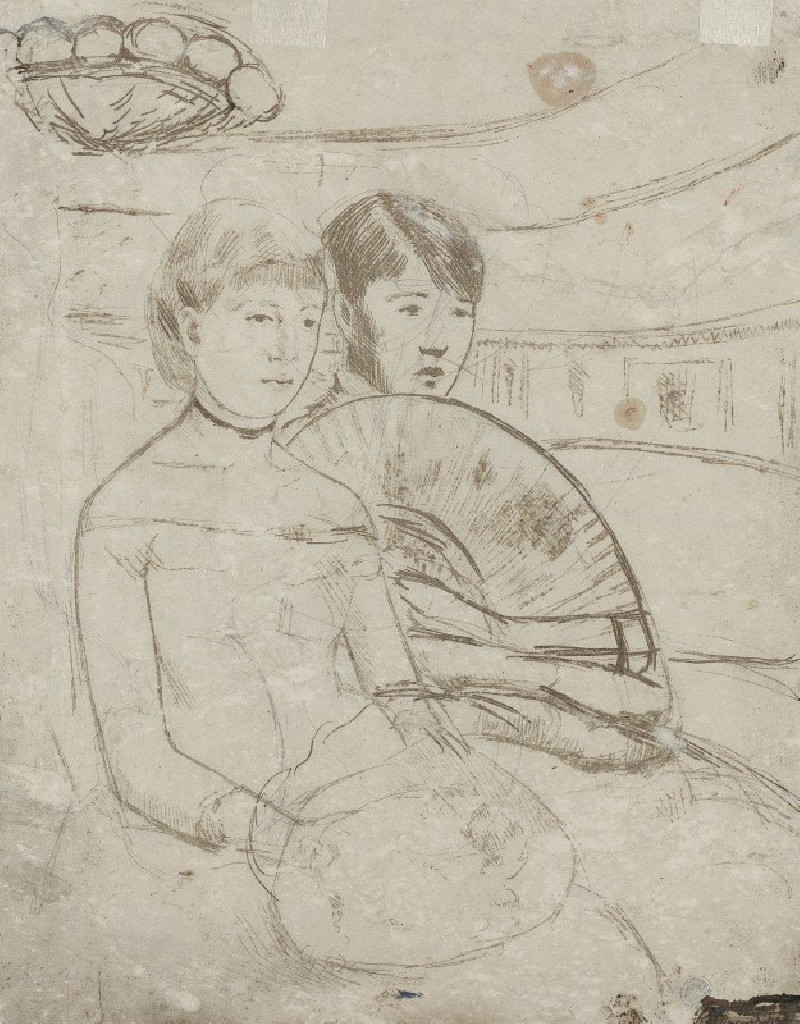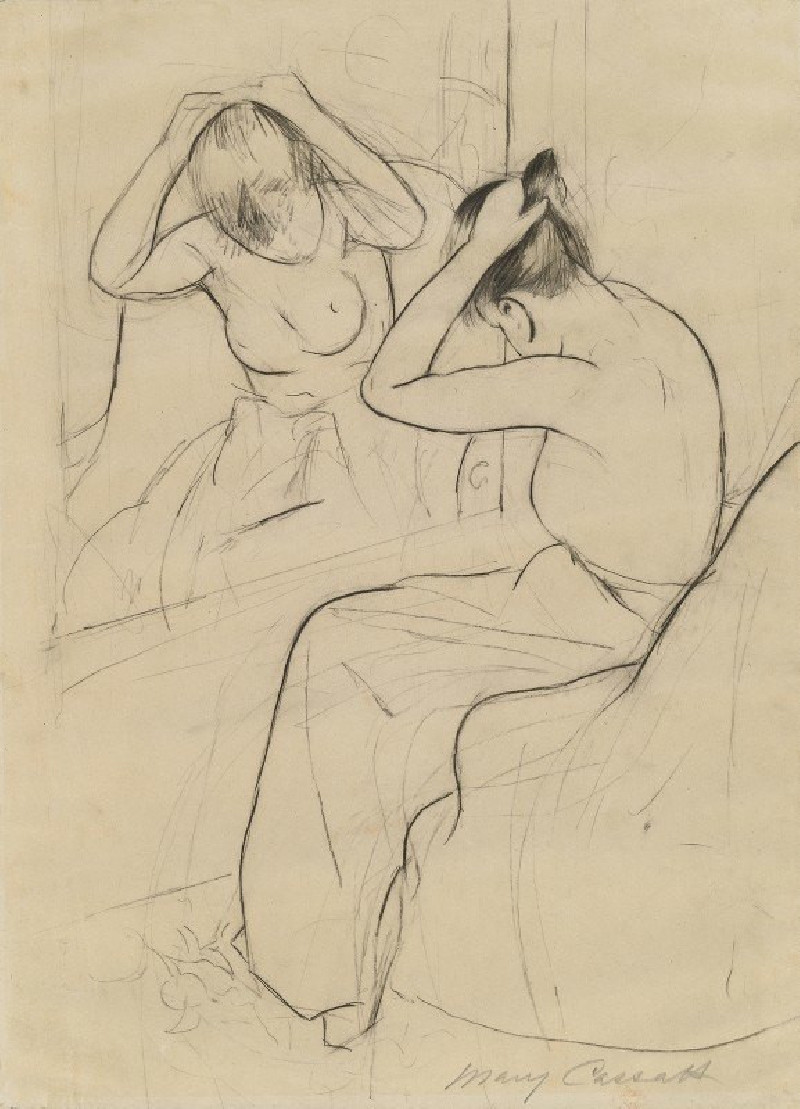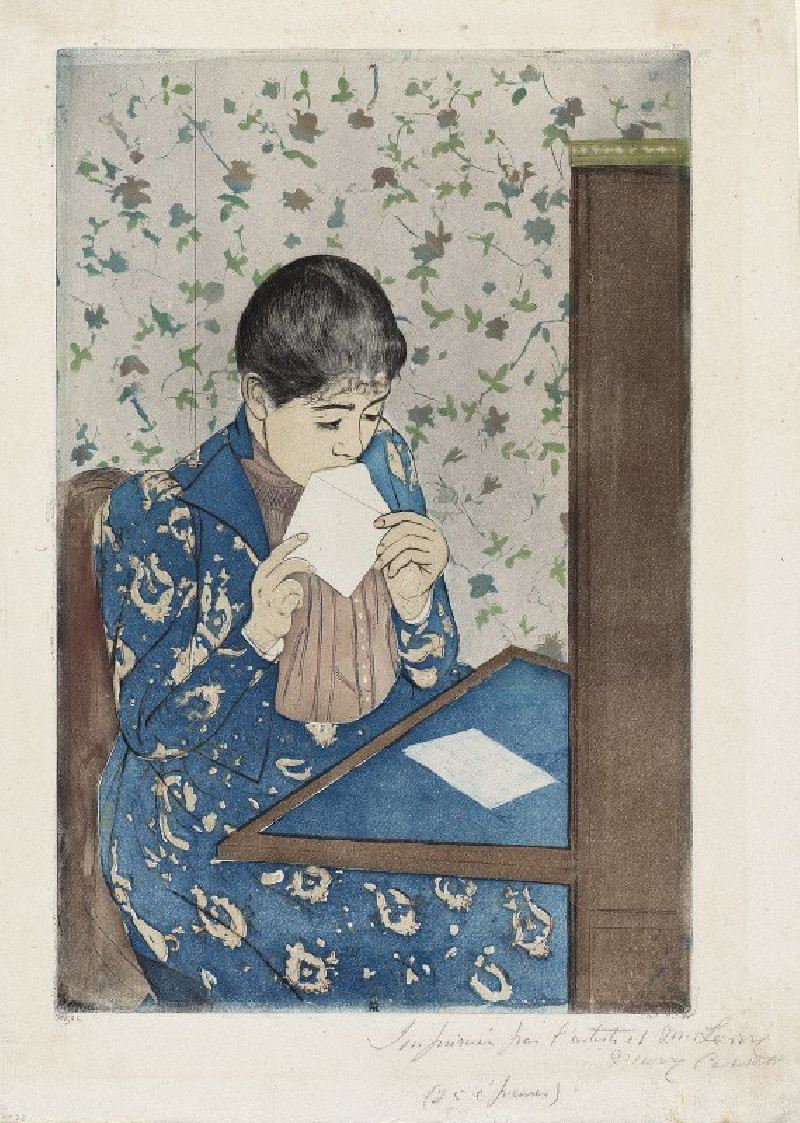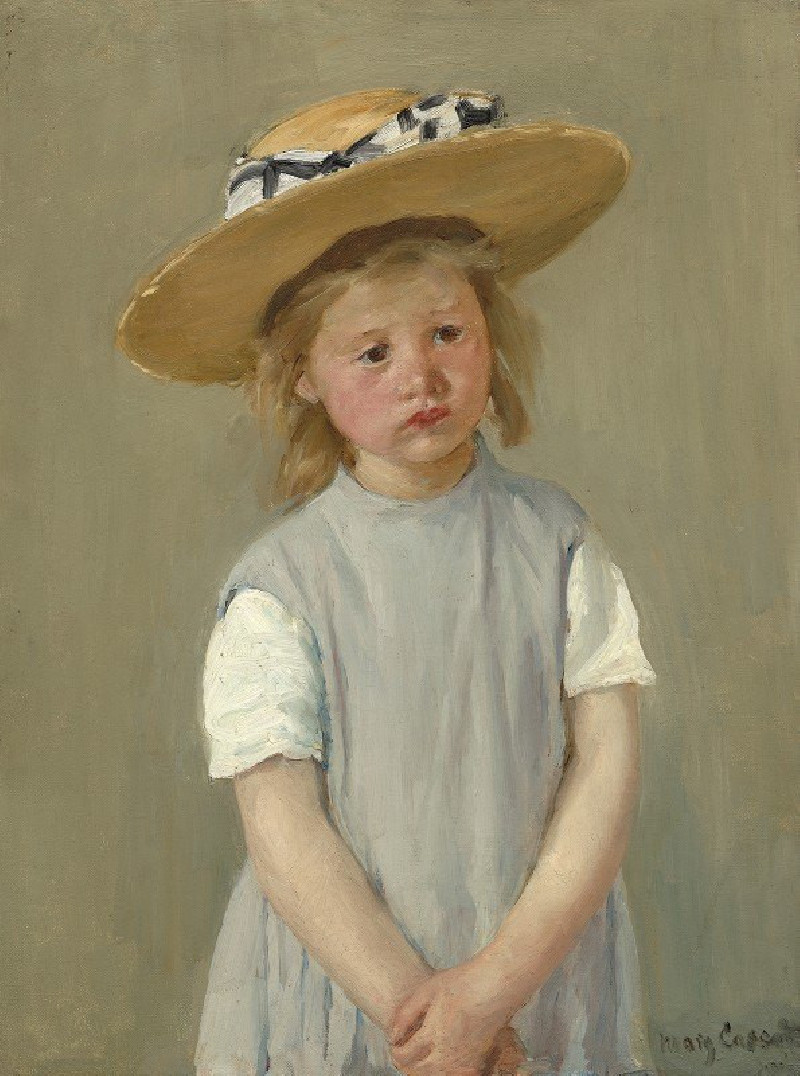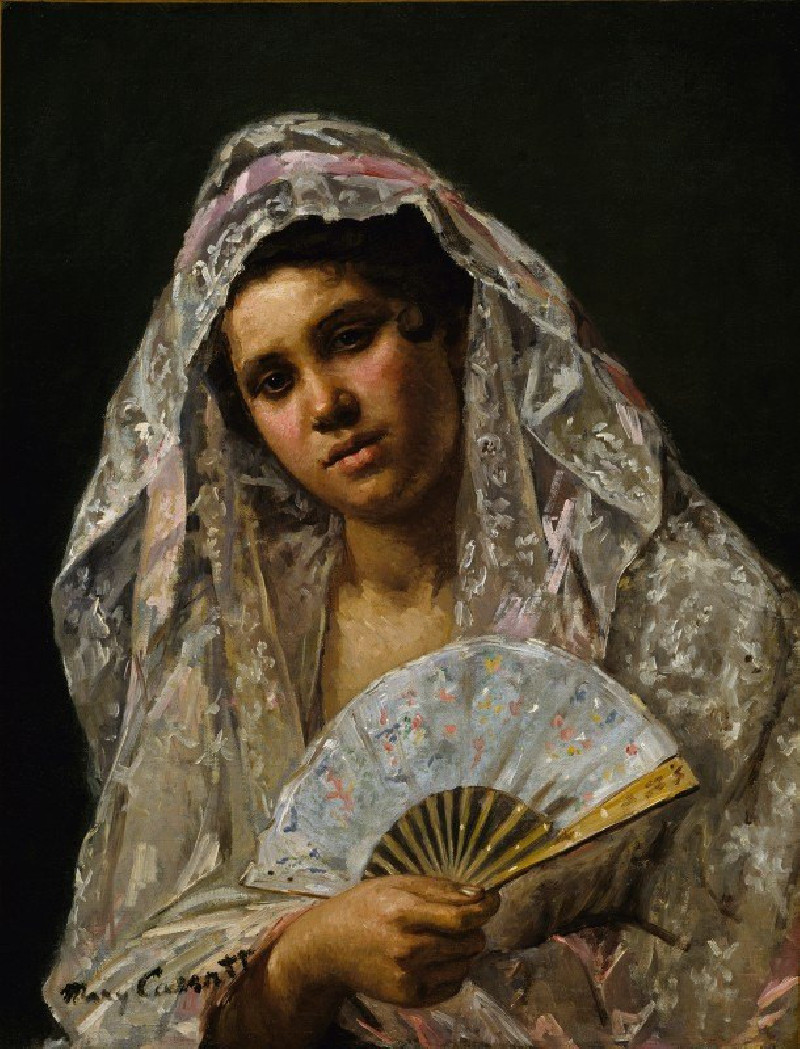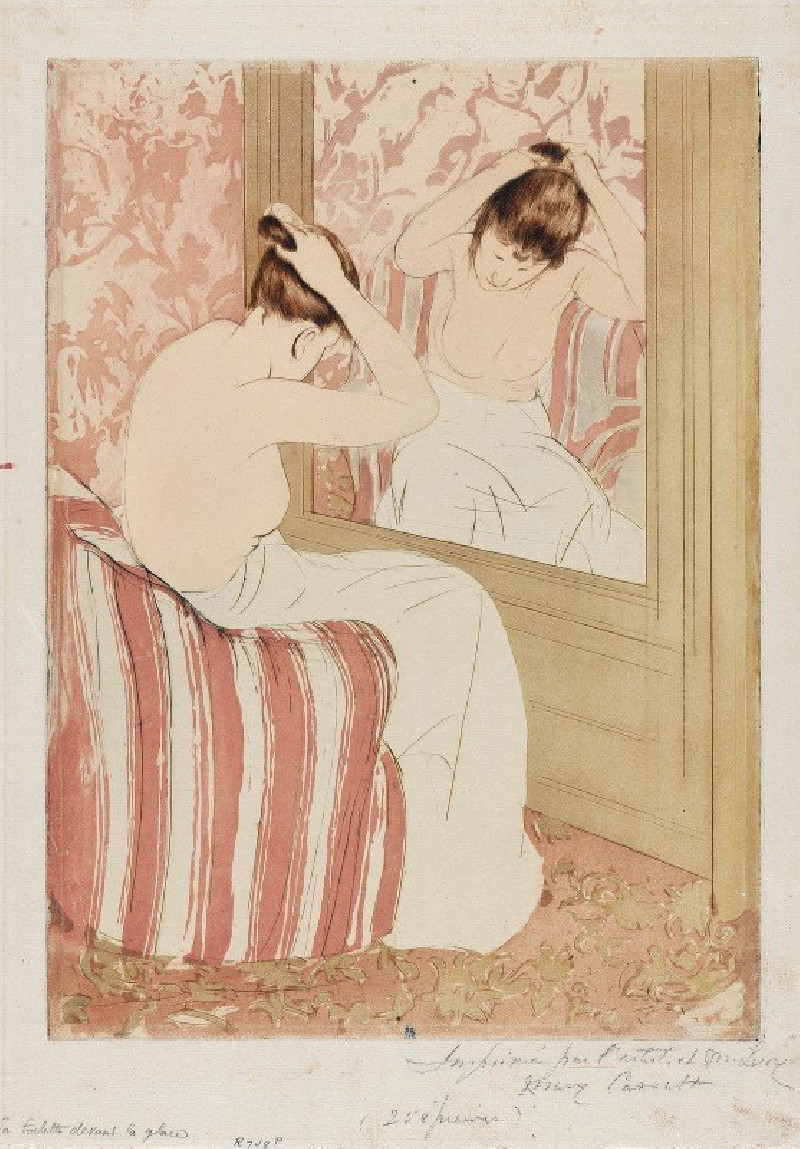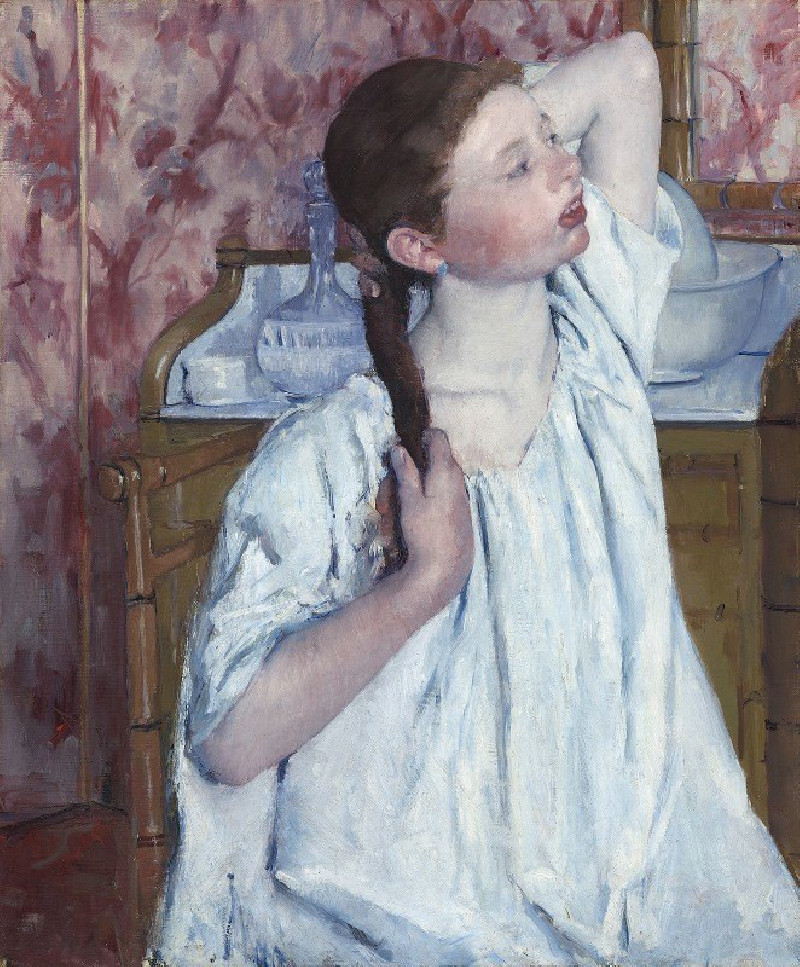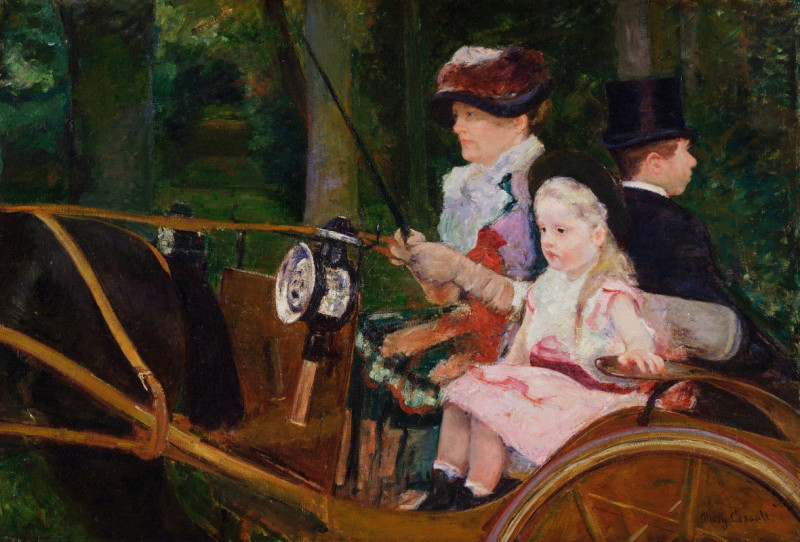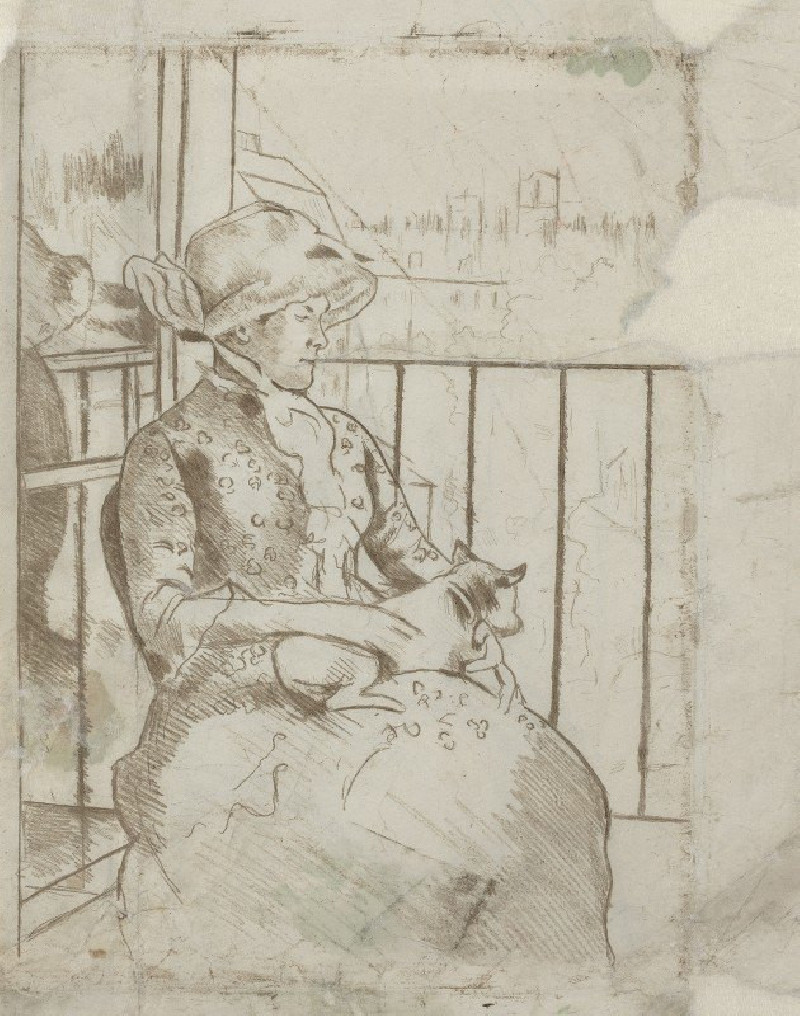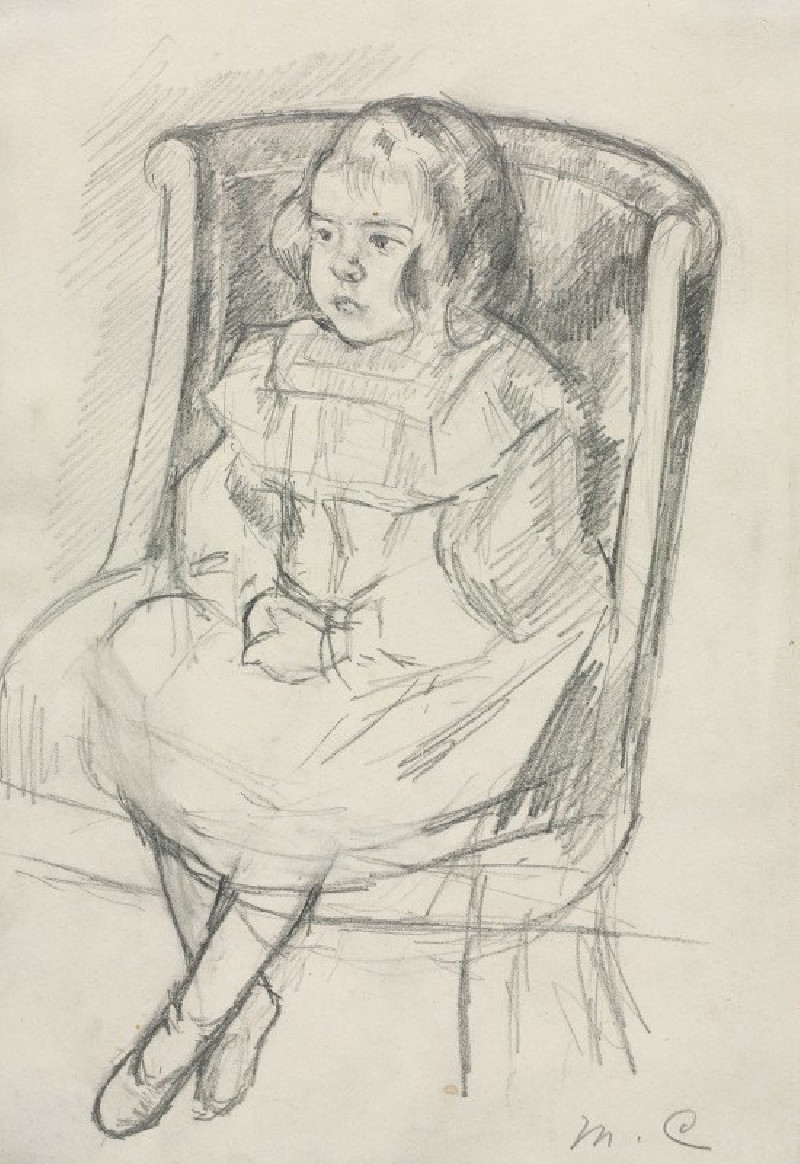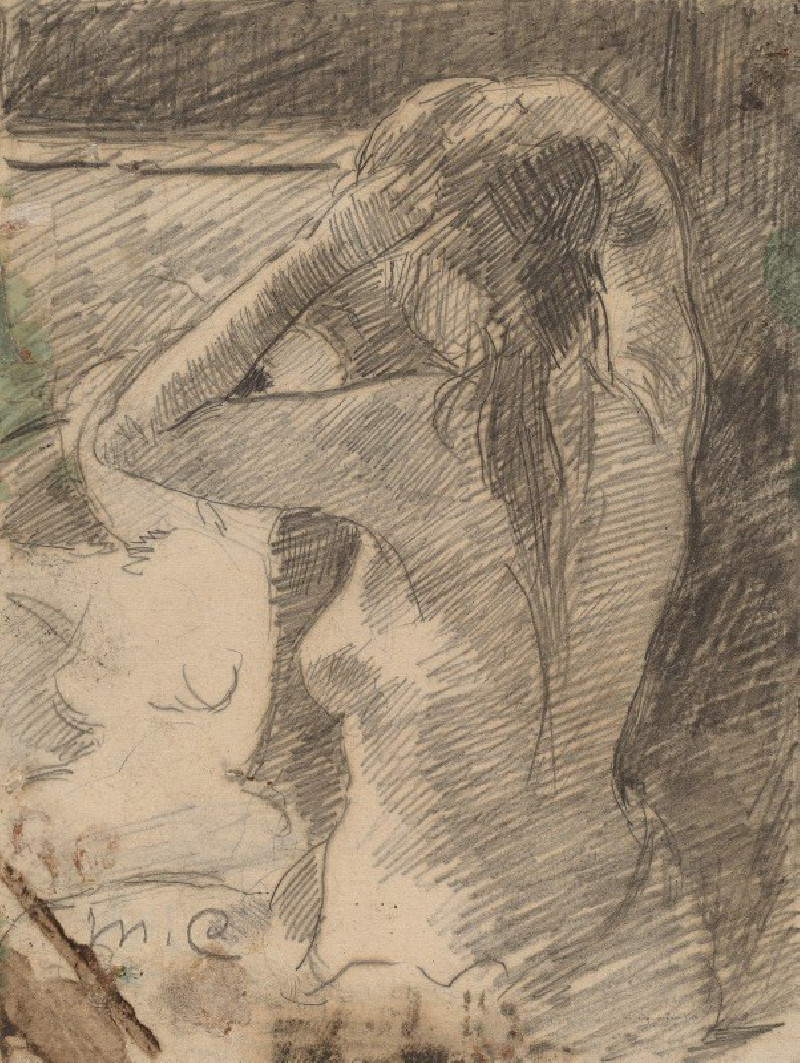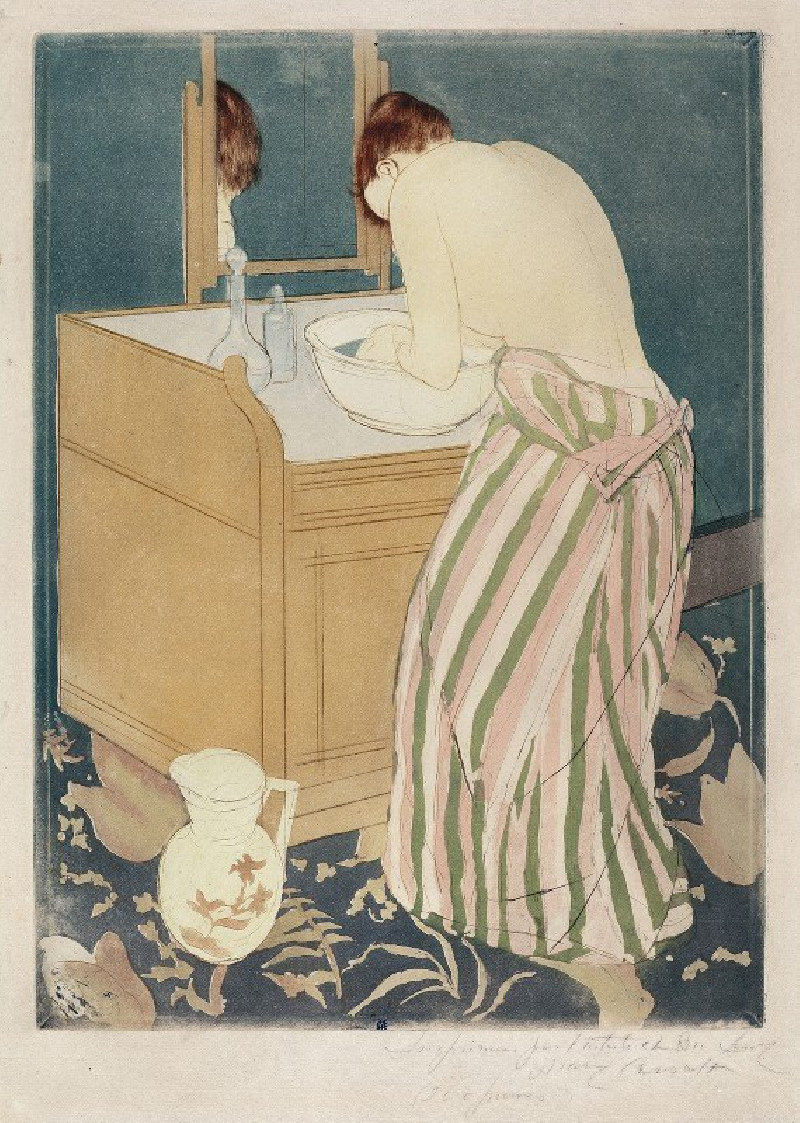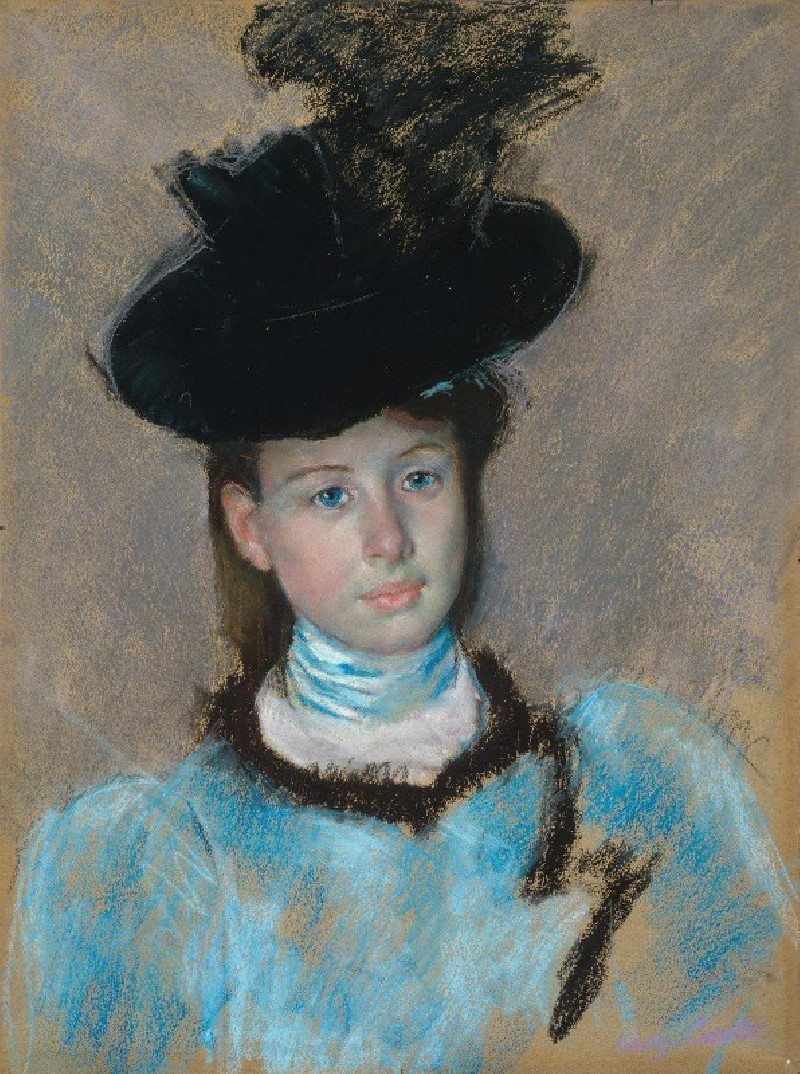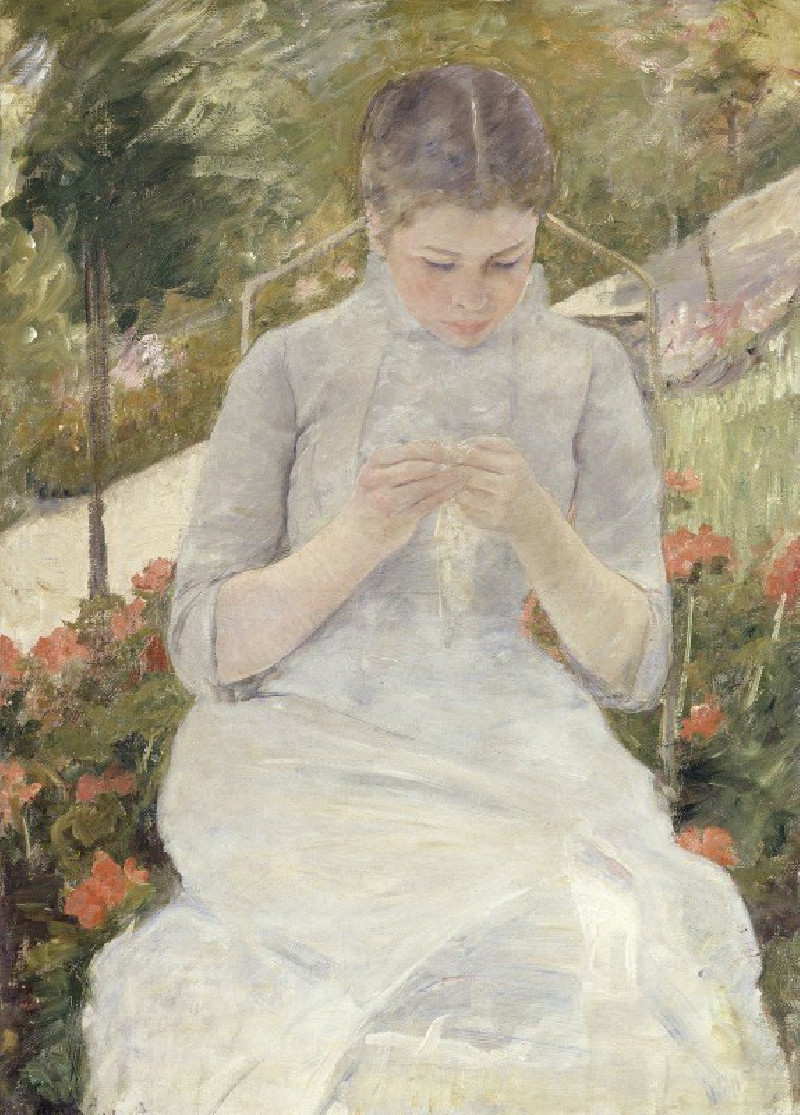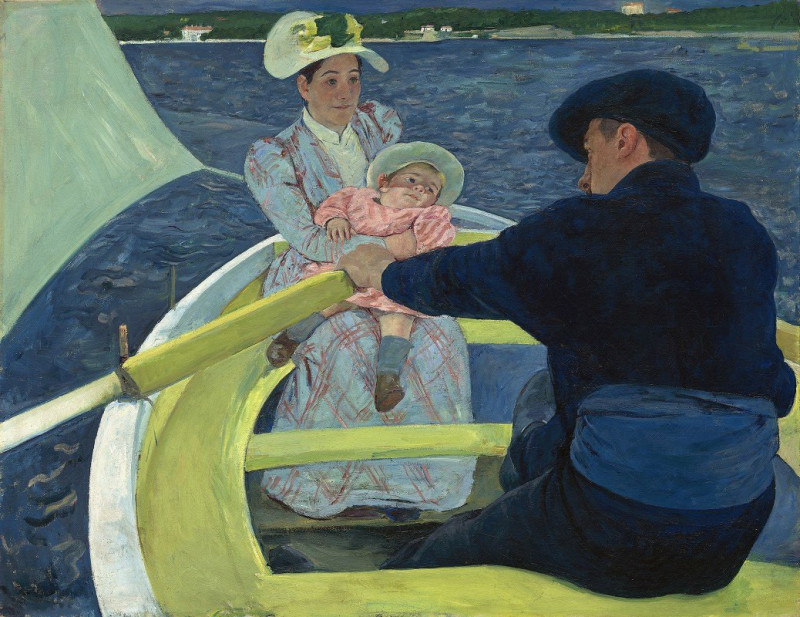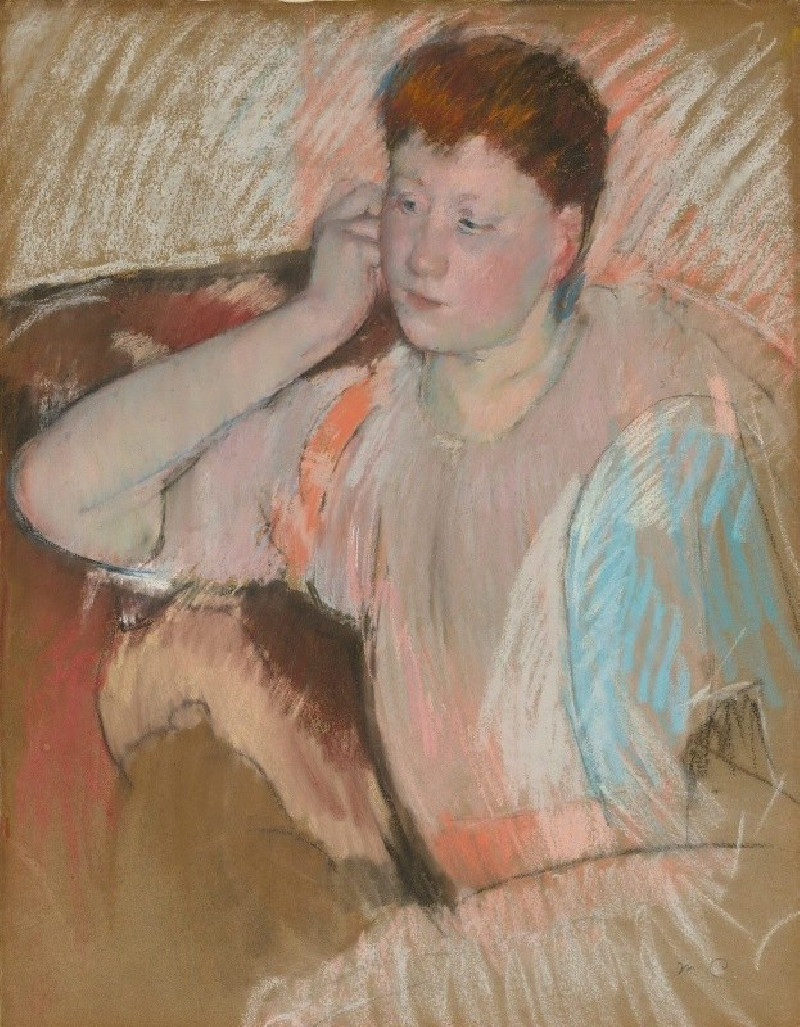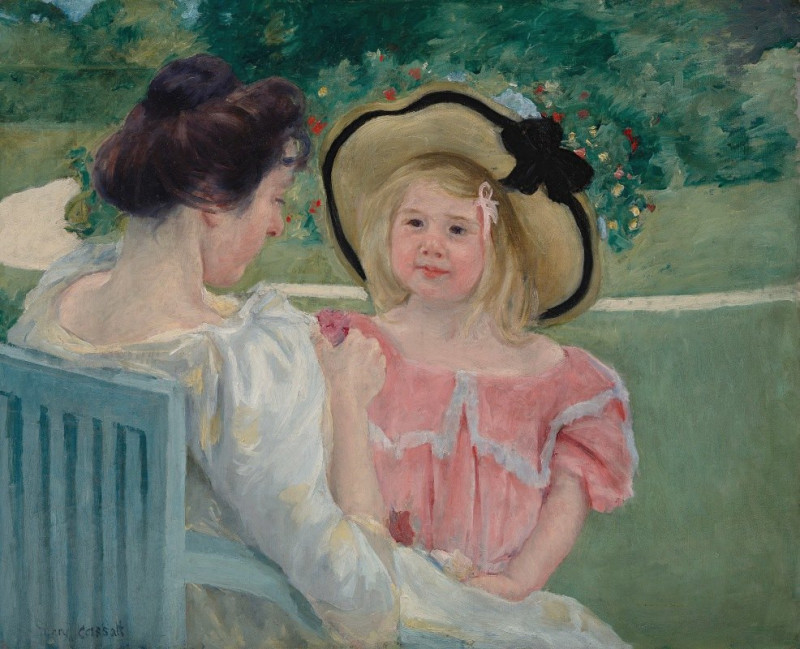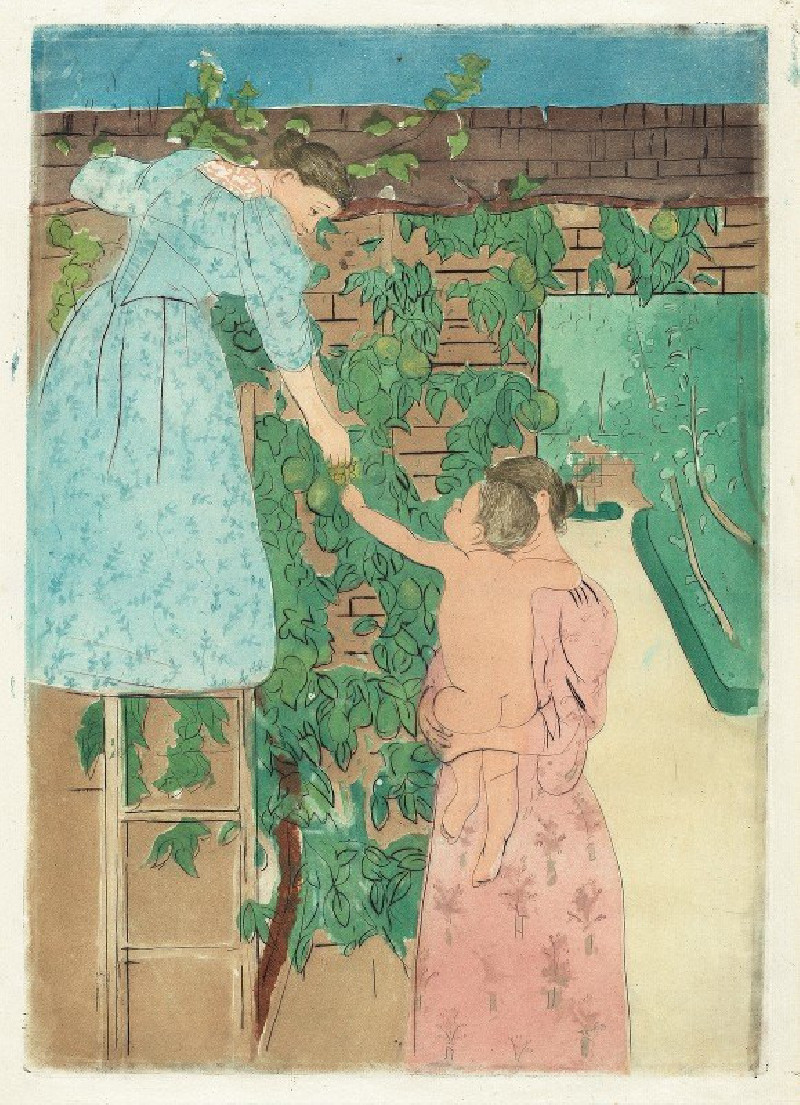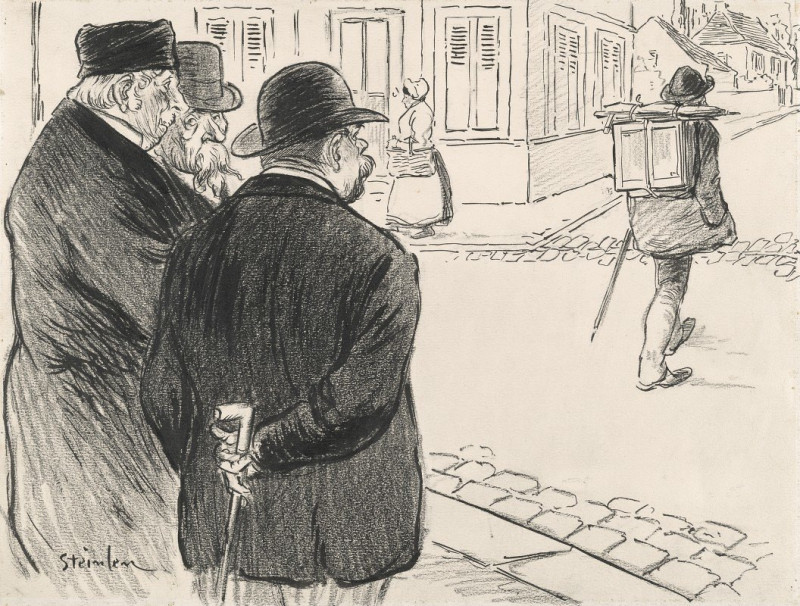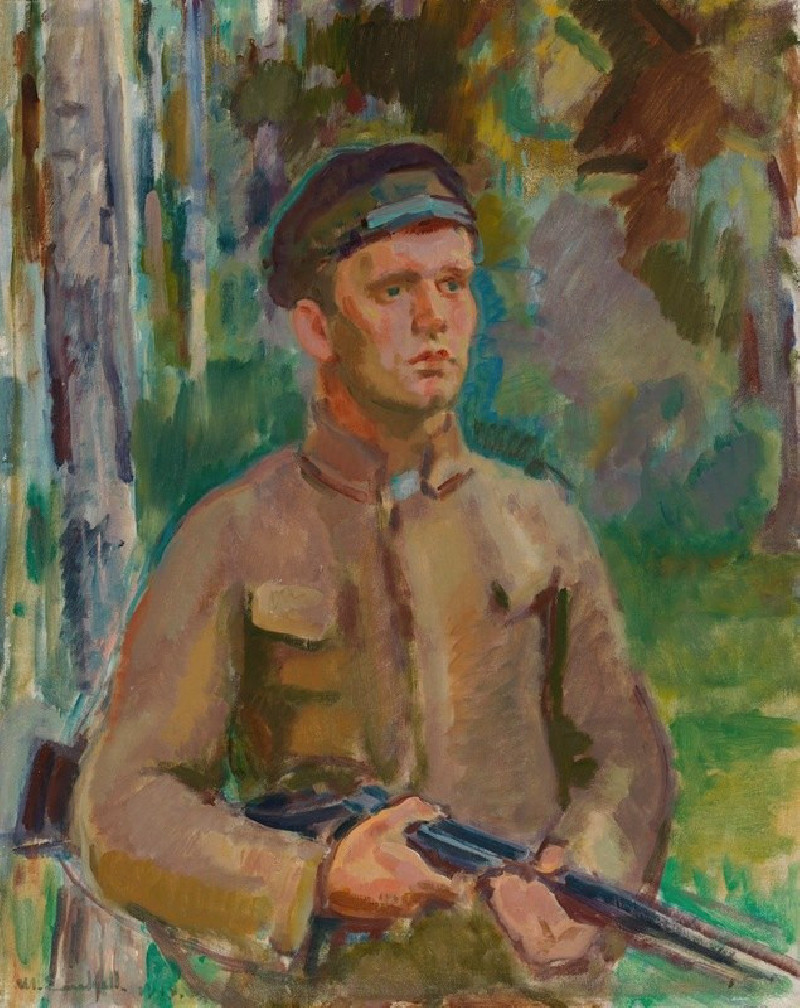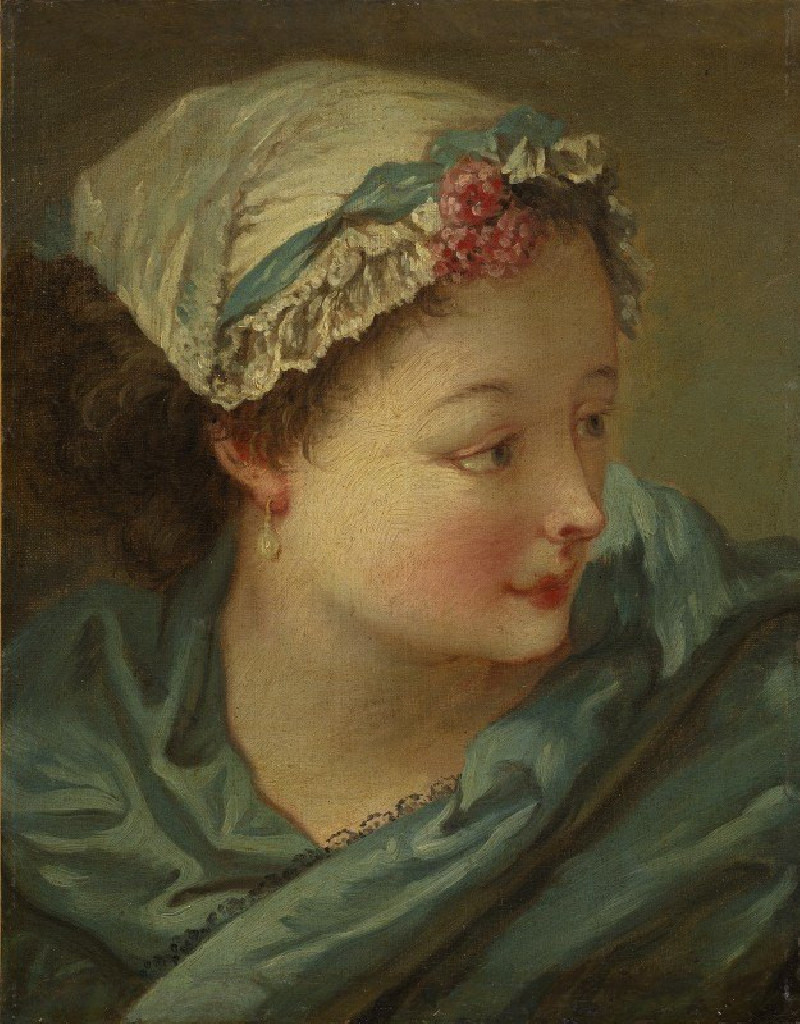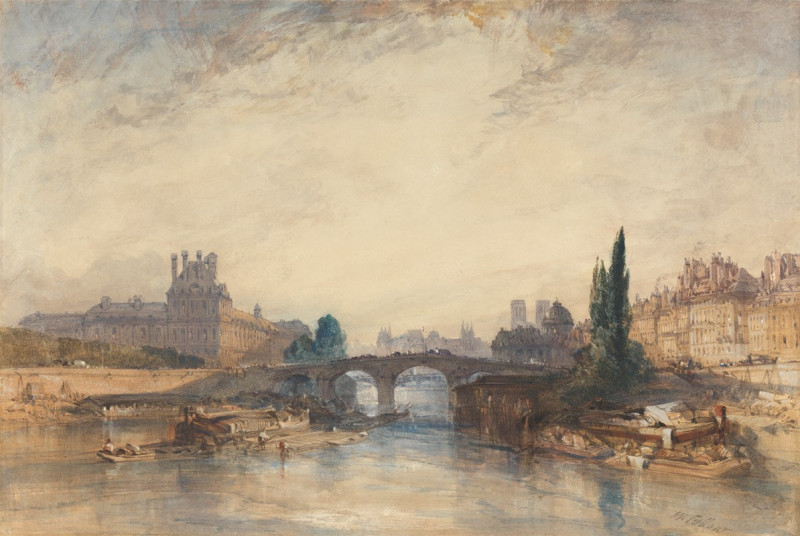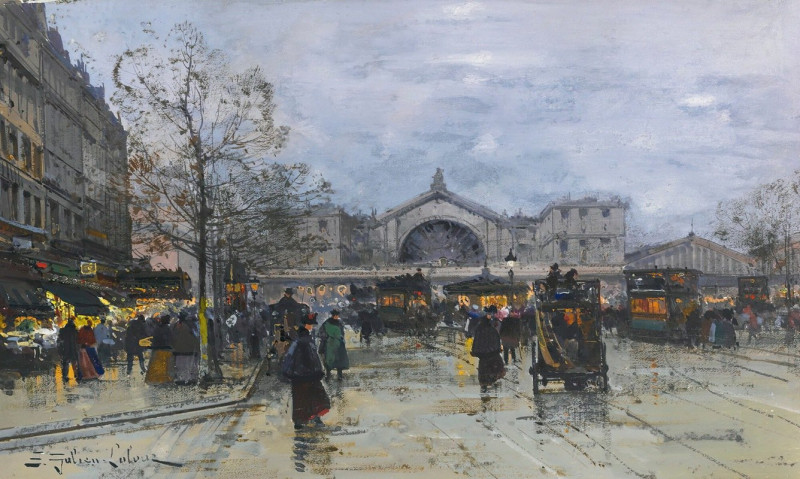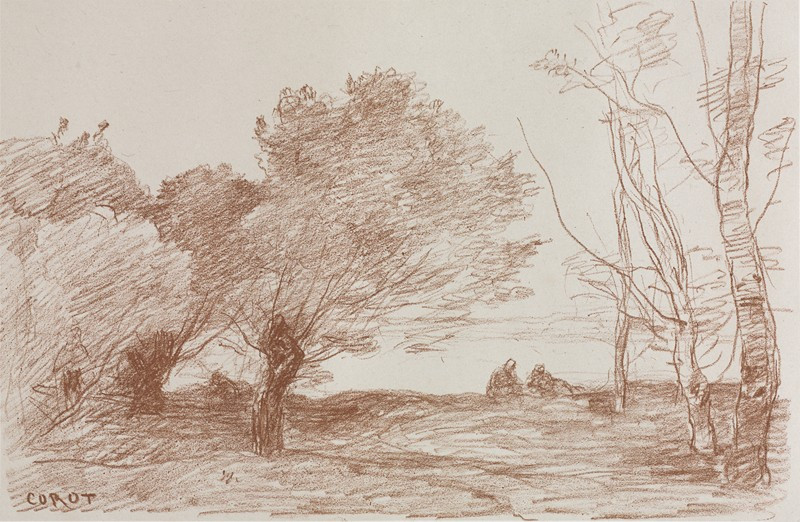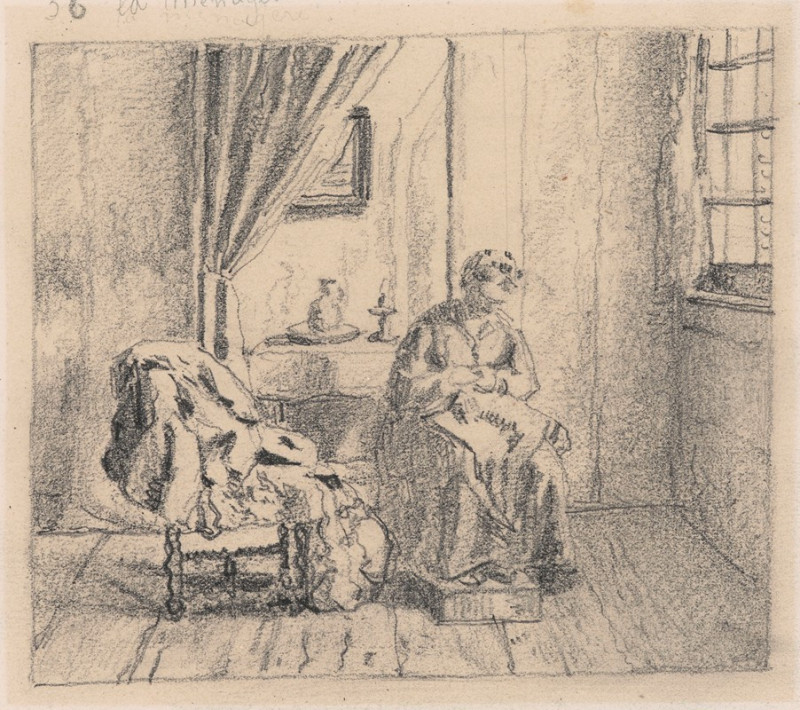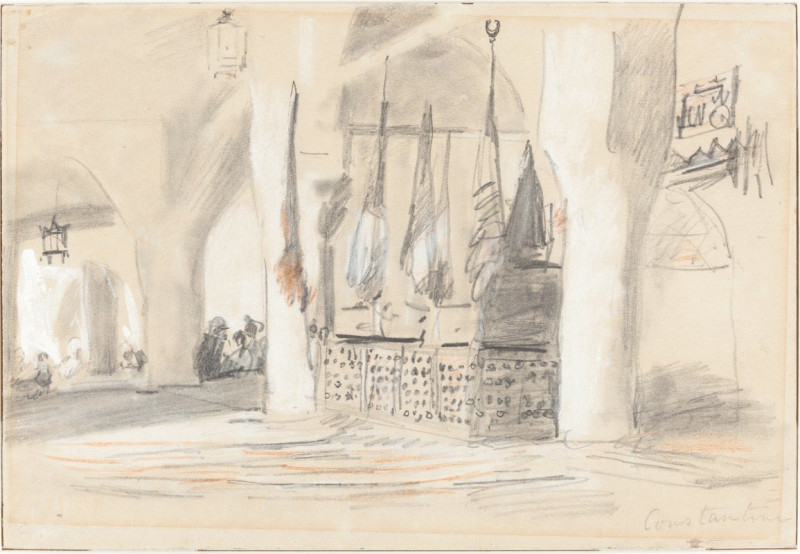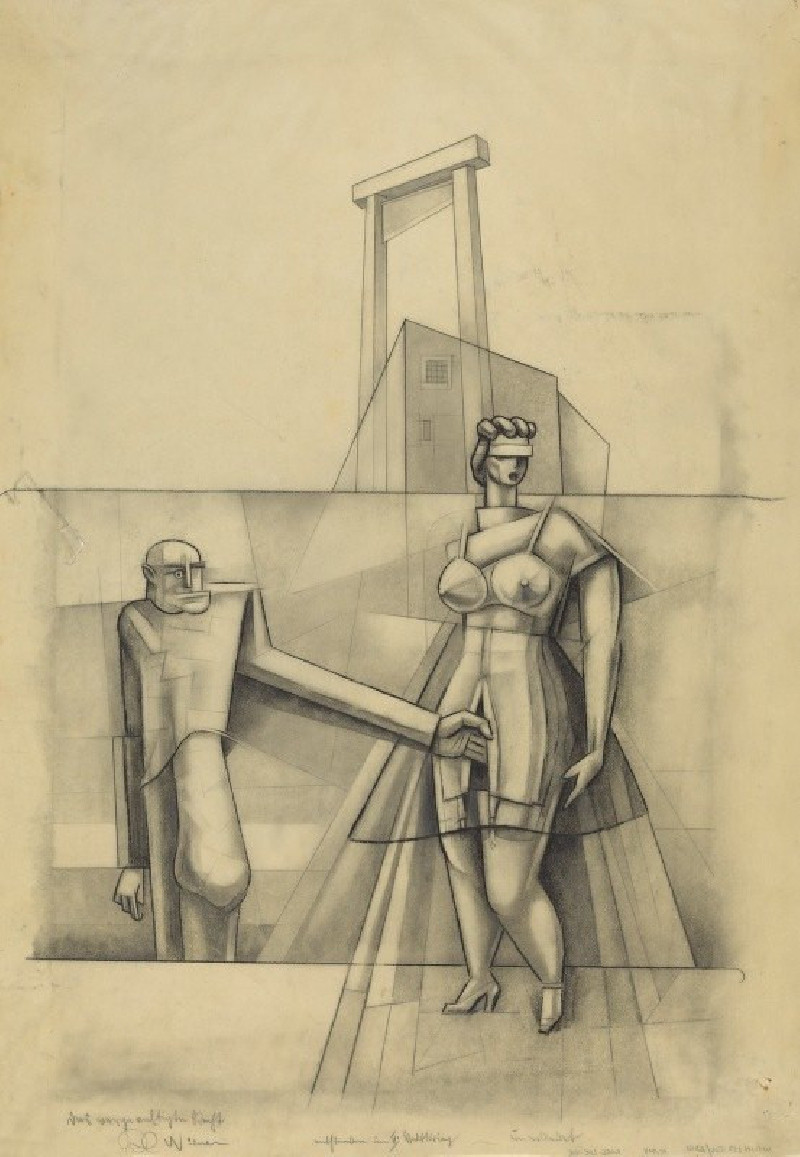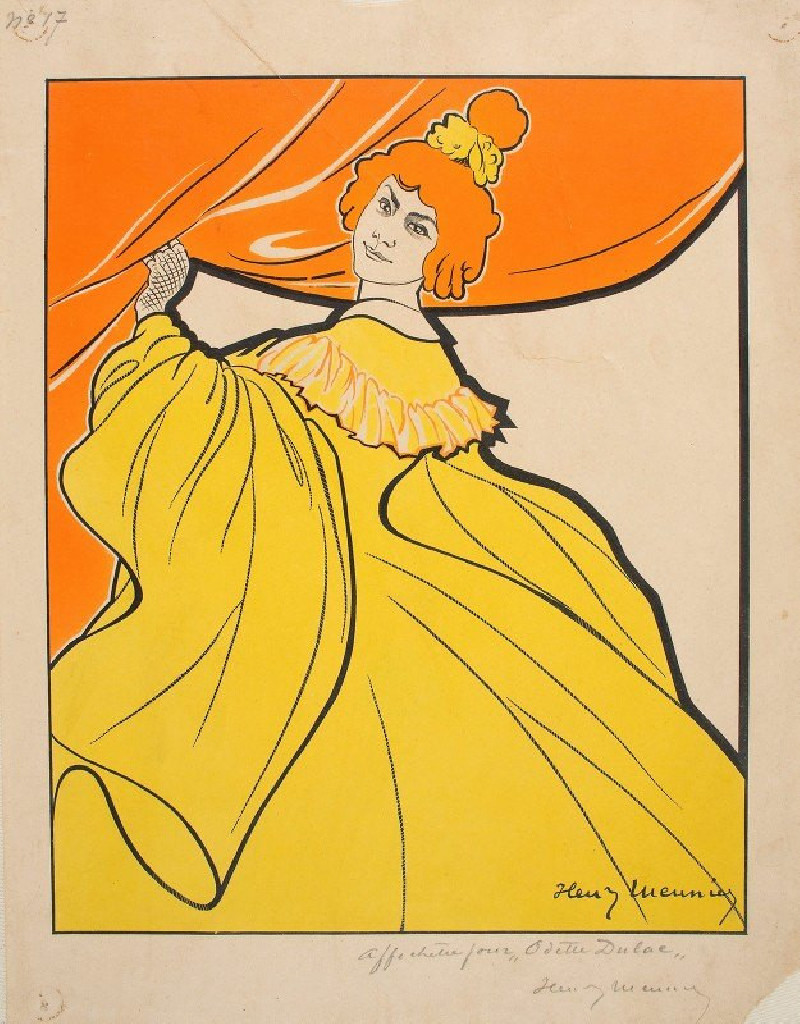Françoise Sewing (No. 2) (1909)
Technique: Giclée quality print
Recommended by our customers
More about this artwork
Mary Cassatt's watercolor painting, "Françoise Sewing (No. 2)" from 1909, is a tender representation of quiet concentration and the simple pleasures of everyday activities. This artwork portrays a young girl, Françoise, engrossed in the act of sewing. The focus on Françoise is intimate and detailed, capturing the essence of her absorption in her task.Cassatt's mastery in handling watercolors is evident in the soft, fluid strokes that suggest the texture of the girl’s clothing and the gentle, yet expressive, depiction of her face. The background, washed in warm yellows, contrasts peacefully with the cooler tones of her white dress and the dark ribbons of her sleeves, highlighting her as the central figure.This painting is not just a visual treat but also a reflection of Cassatt’s ongoing exploration of the private lives and domestic activities of women through her art. "Françoise Sewing (No. 2)" invites viewers to pause and appreciate the beauty and tranquility found in everyday moments, serving as a reminder of the value found in quiet contemplation and personal pursuits.
Delivery
Returns
Mary Stevenson Cassatt was an American painter and printmaker. She was born in Allegheny City, Pennsylvania (now part of Pittsburgh’s North Side), but lived much of her adult life in France where she befriended Edgar Degas and exhibited with the Impressionists. Cassatt often created images of the social and private lives of women, with particular emphasis on the intimate bonds between mothers and children.
She was described by Gustave Geffroy as one of "les trois grandes dames" (the three great ladies) of Impressionism alongside Marie Bracquemond and Berthe Morisot.In 1879, Diego Martelli compared her to Degas, as they both sought to depict movement, light, and design in the most modern sense.

